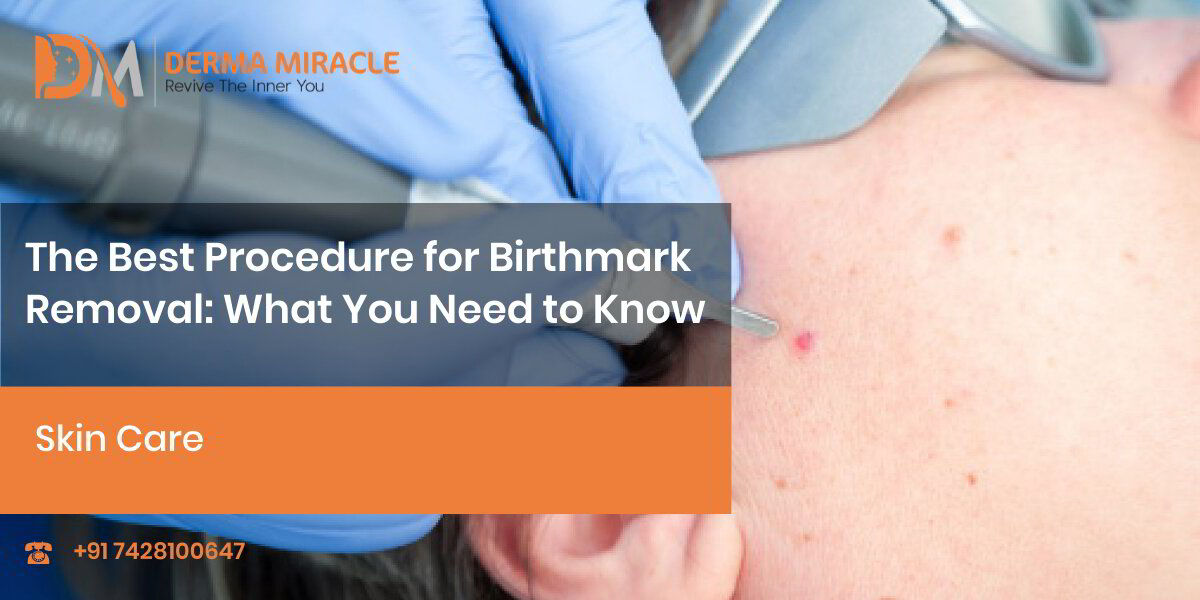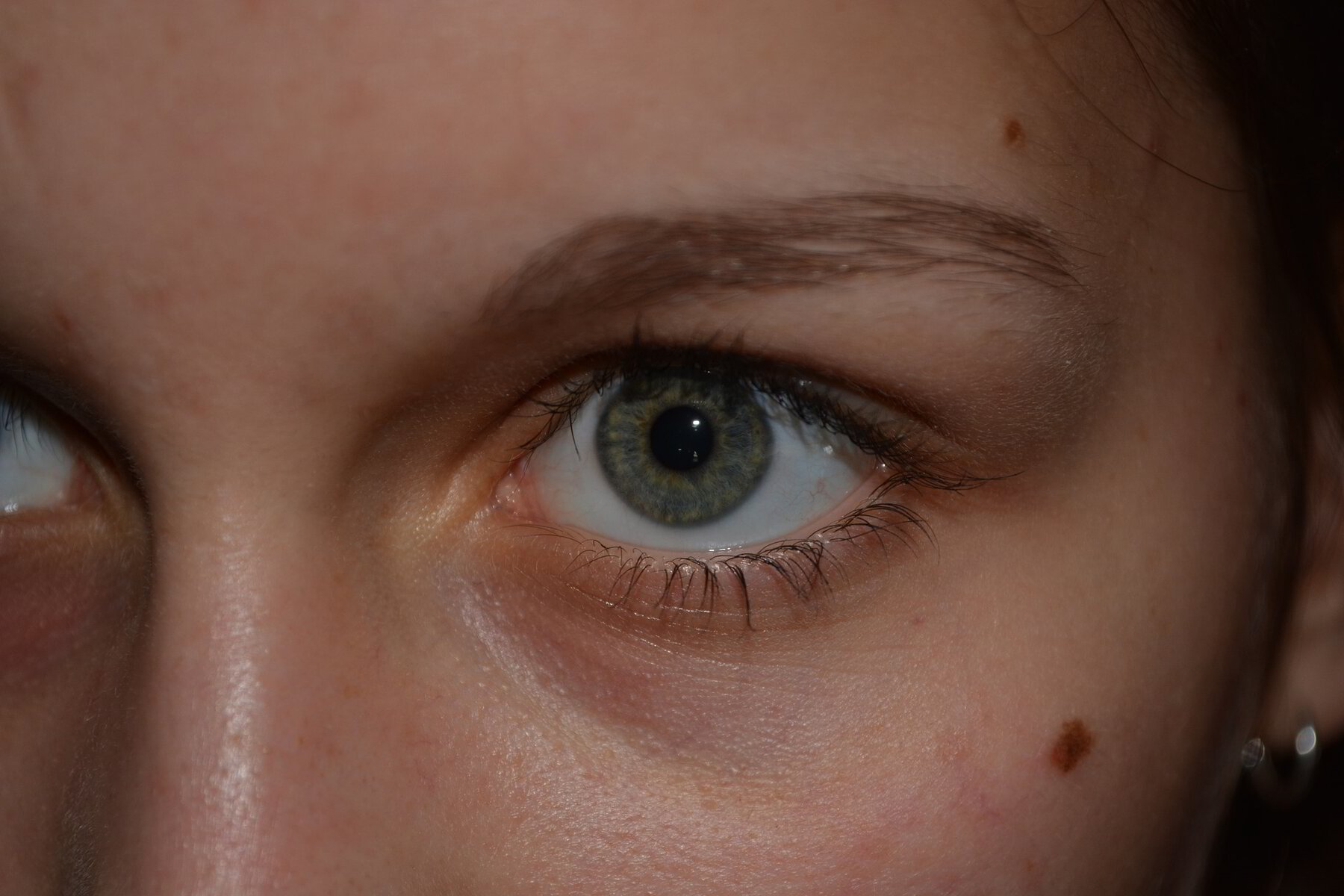
Table Of Content
-
What Is A Birthmark And What Are The Different Types Of Birthmarks?
-
What Is The Best Procedure For Birthmark Removal And What Should You Expect During And After The Procedure?
-
Tips To Prepare For Your Birthmark Removal
-
Aftercare For Birkmark Removals
-
Conclusion
What Is A Birthmark And What Are The Different Types Of Birthmarks?
A birthmark is a blemish that is present at birth or develops shortly after. Birthmarks
are usually benign, meaning they are not cancerous or precancerous. However, some birthmarks can be associated with medical conditions. The three main types of birthmarks are:
Vascular Birthmarks: These birthmarks occur when there is an abnormality in the blood vessels. They can be either red or blue and are usually found on the face, scalp, chest, or back.
Pigmented Birthmarks: These birthmarks occur when there is an excess of pigment in the skin. Pigmented birthmarks can be either brown or black and are often found on the face, neck, or arms.
Epidermal Birthmarks: These birthmarks occur when there is an abnormality in the skin itself. Epidermal birthmarks can be either raised or flat and are often found on the face, scalp, chest, or back.
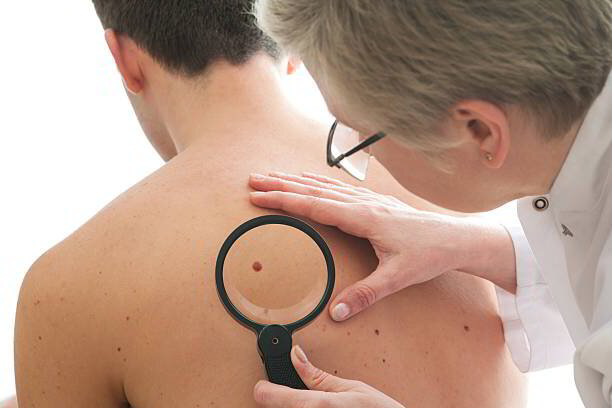
What Is The Best Procedure For Birthmark Removal And What Should You Expect During And After The Procedure?
The best procedure for birthmark removal depends on the type of birthmark and its location. Some common procedures for birthmark removal include:Laser therapy: This is a common procedure for vascular and pigmented birthmarks. During laser therapy, a high-intensity beam of light is used to destroy the abnormal blood vessels or pigment cells.
Surgical removal: This is a common procedure for epidermal birthmarks. During surgery, the abnormal skin tissue is removed and the wound is closed with stitches or staples.Cryotherapy: This is a common procedure for vascular and pigmented birthmarks. During cryotherapy, the abnormal blood vessels or pigment cells are destroyed by freezing them with liquid nitrogen. As a result, the birthmark will lighten or disappear over time.There are pros and cons to each of these procedures, so it is important to discuss your options with a healthcare professional before making a decision.

Tips To Prepare For Your Birthmark Removal
When it comes to birthmark removal, it is important to be prepared. Here are a few tips to help you prepare for your procedure:
- Choose a healthcare professional that you trust and feel comfortable with.
- Ask questions about the procedure and what you can expect during and after the treatment.
- Follow all the guidelines given to you by the doctor.
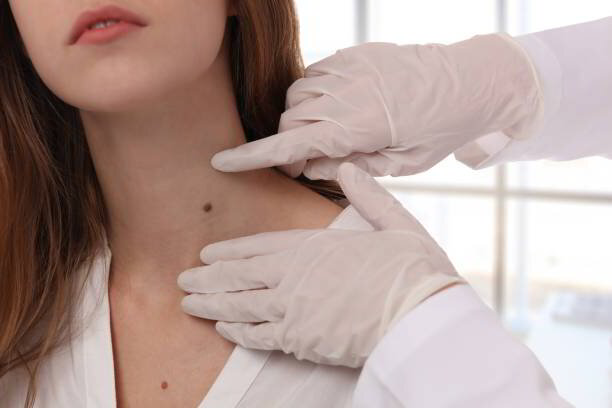
Aftercare For Birthmark Removals
After any procedure, you may experience some side effects, such as swelling, bruising, or redness. These side effects are usually mild and temporary. However, if you experience any severe or persistent side effects, please consult your healthcare professional.It is also important to keep the treated area clean and dry. You will be given specific instructions on how to care for the wound after your procedure. Be sure to follow these guidelines carefully.
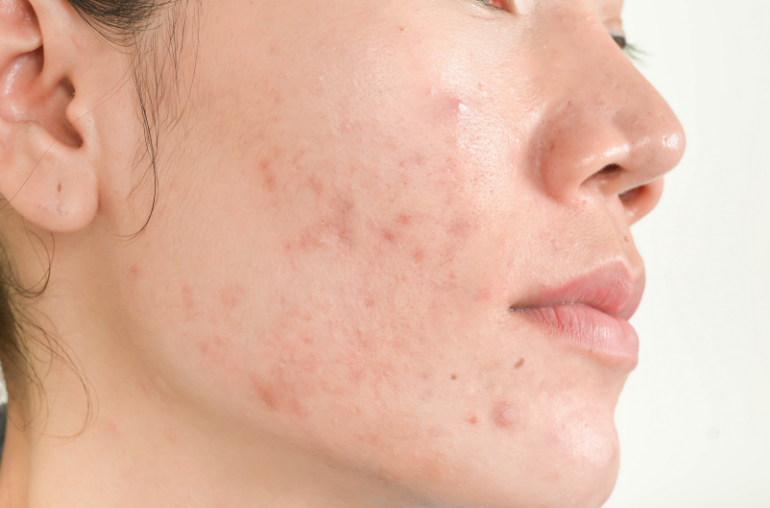
Conclusion
Birthmarks are common and can be located almost anywhere on the body. While many birthmarks are harmless and simply cosmetic, others may require treatment. If you are looking for information on the best procedure for birthmark removal, you have come to the right place. So, if you are interested in learning more about birthmark removal procedures, contact us today! treatment.
CONSULT DEMAMIRACLE
The Best Procedure For Birthmark Removal: What You Need To Know
ACT BEFORE IT’S TOO LATE

FREE CONSULTATION AVAILABLE
Contact Us
